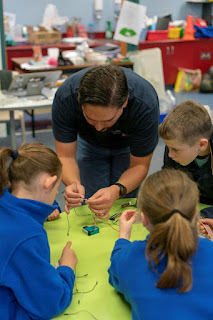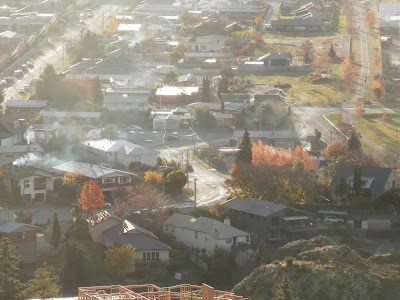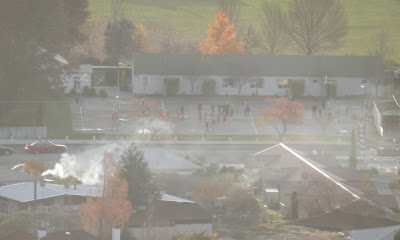Didn't winter come around again fast! Seems like only yesterday we were packing up our gear in Rangiora as summer approached. But now snow is falling across South Island and its time to get the CONA gear out again. And this winter is going to be a big one for us. As usual in summer, the blog might have gone quiet, but there's been a lot happening behind the scenes, which we'll try to cover over several posts. But the headline news is that there will be three CONA studies this winter. Alexandra, in central Otago - will it be the first town to get a 100-ODIN network? Firstly, we will be hitting the little town of Alexandra, Otago in a big way. In a few weeks we will start deploying a new network of ODIN sensors - measuring particles in the outdoor air - across this town which, despite its small size, is regularly one of the most polluted in Australasia (based on regulatory PM10 data). Whereas we deployed a maximum of 18 sensors in Rangiora over the last 3 years, in Alexandra





